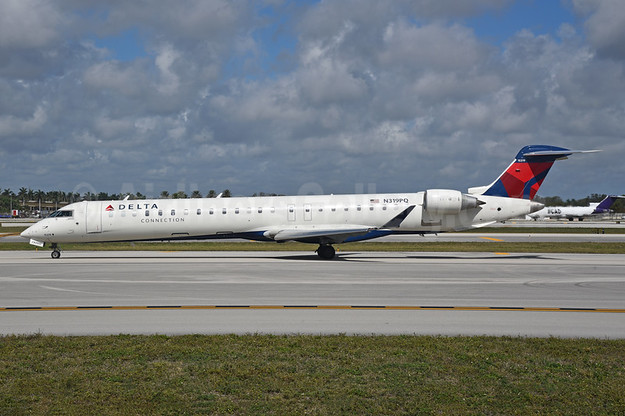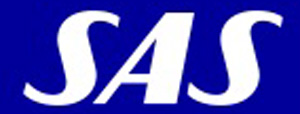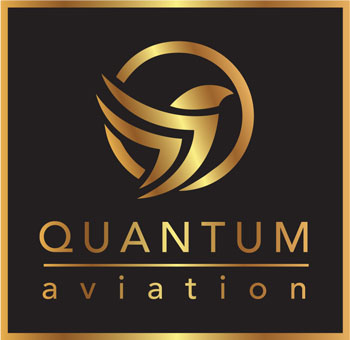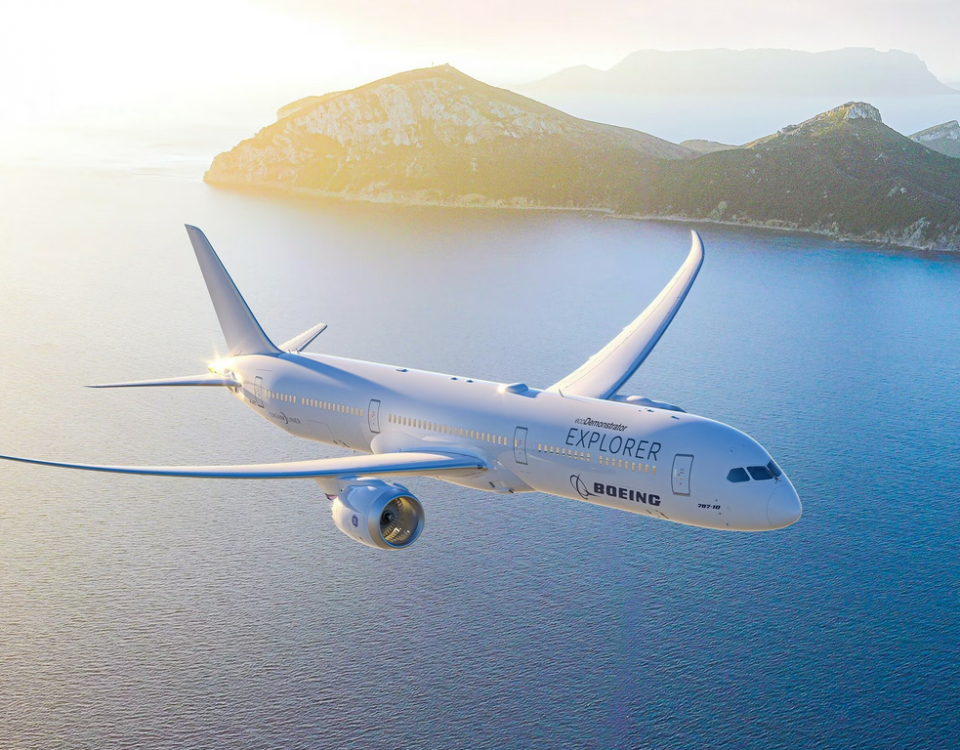
Delta adds new flights from Raleigh/Durham
January 24, 2019
Boeing Autonomous Passenger Air Vehicle completes first flight
January 24, 2019SAS has signed a leasing agreement with ALC (Air Lease Corporation) which means SAS will expand its aircraft fleet with three Airbus A321LR. This gives SAS an opportunity to offer travelers more intercontinental routes, fewer stopovers and shorter travel times to and from Scandinavia. The first aircraft will enter into service in the first half of 2020.
The aircraft type Airbus A321LR is a narrow-body specially configured to fly longer distances than a standard A321neo. The aircraft has sufficient range to reach Northeast US, one of the most important intercontinental markets for SAS. The A321LR can also reach destinations in Canada, the Middle East and India from Scandinavia.
“This is an entirely new aircraft type for SAS that is incredibly well suited to the Scandinavian market and our travel patterns. We are looking forward to launching new routes and to evaluate the A321LR in production,” says Rickard Gustafson, President and CEO, SAS.

SAS current flies wide-body aircraft that seat up to 266 passengers on its intercontinental routes. The A321LR is a smaller aircraft, which gives SAS the opportunity to fill the aircraft on new routes. For example, these can be new destinations on smaller markets or existing destinations from smaller airports. SAS currently flies intercontinental services from the three Scandinavian capital cities.
The aircraft is part of the latest generation of aircraft and is expected to reduce climate impacting emissions by a similar amount as when SAS introduced the A320neo. The carbon footprint of the latter is approximately 15-18 % smaller than an equivalent size aircraft of the previous generation.
“Climate is a crucial issue for the airline industry and SAS aims to lead the way in driving the switch to sustainable travel. We have set a target of reducing carbon dioxide emissions by 25 percent by 2030,” Gustafson says.
SAS is now in the process of deciding on the first routes and cabin configuration of the aircraft. The new routes will gradually be communicated from spring 2019. The first A321LR will enter into service in the first half of 2020.



